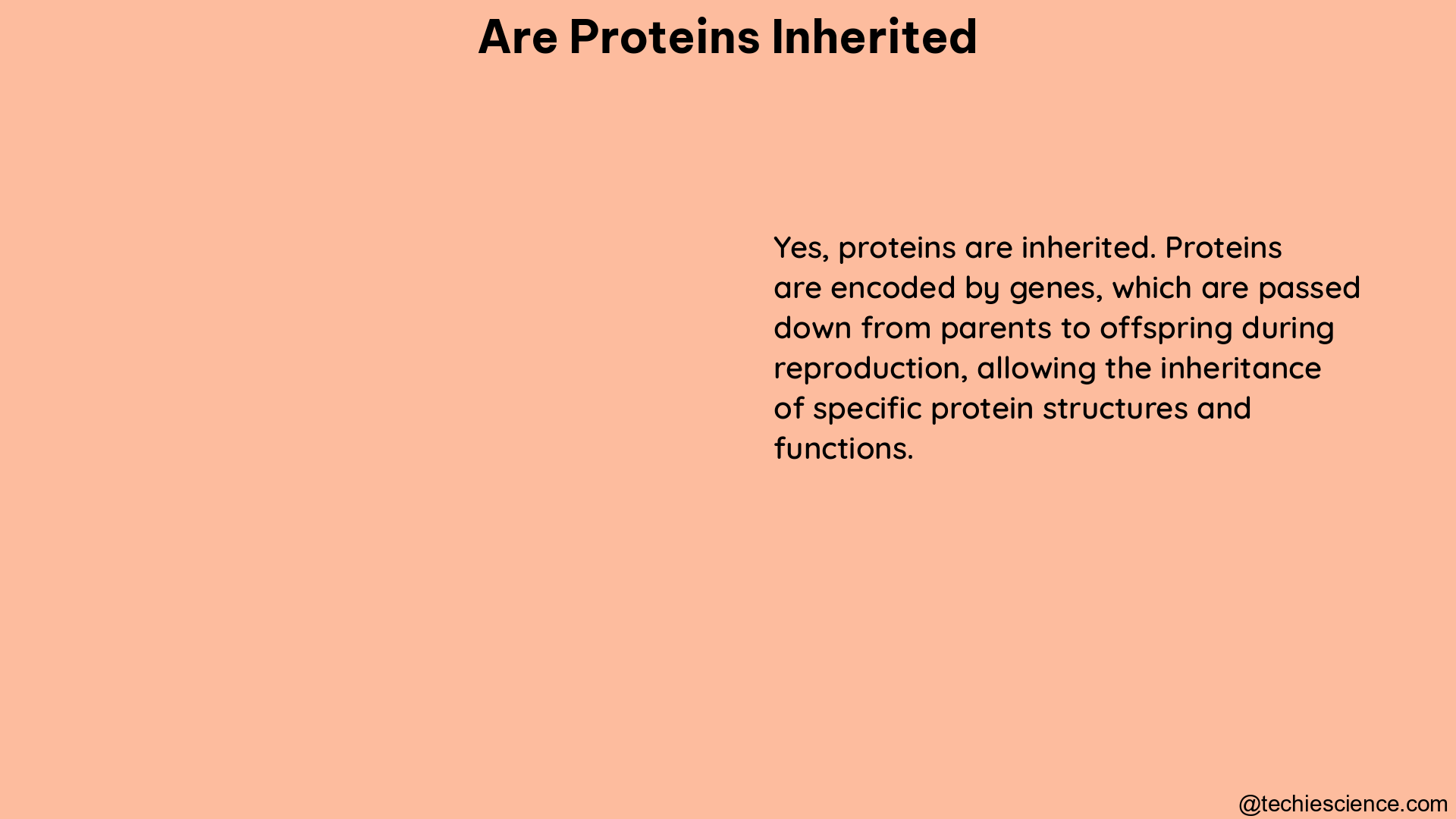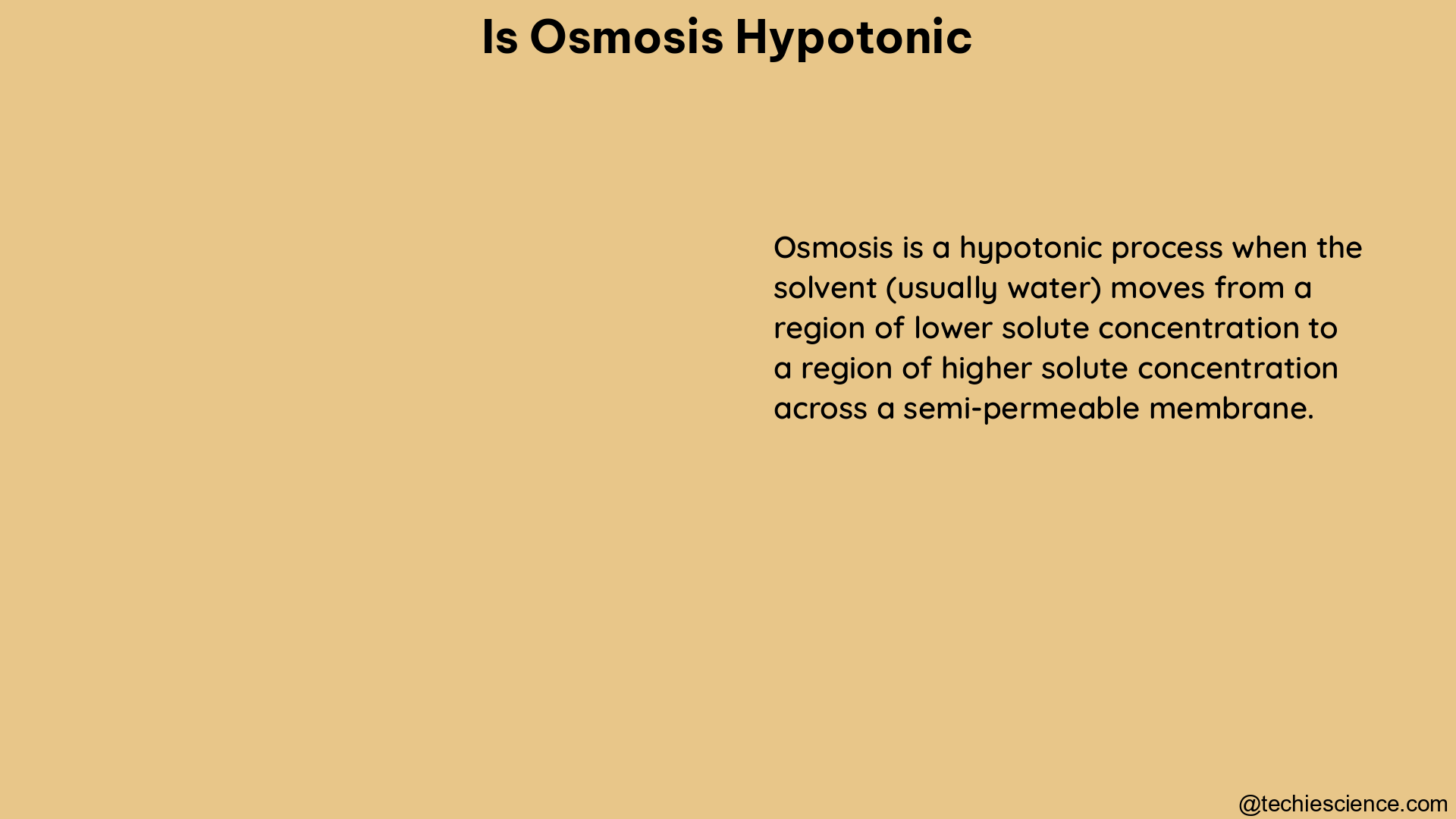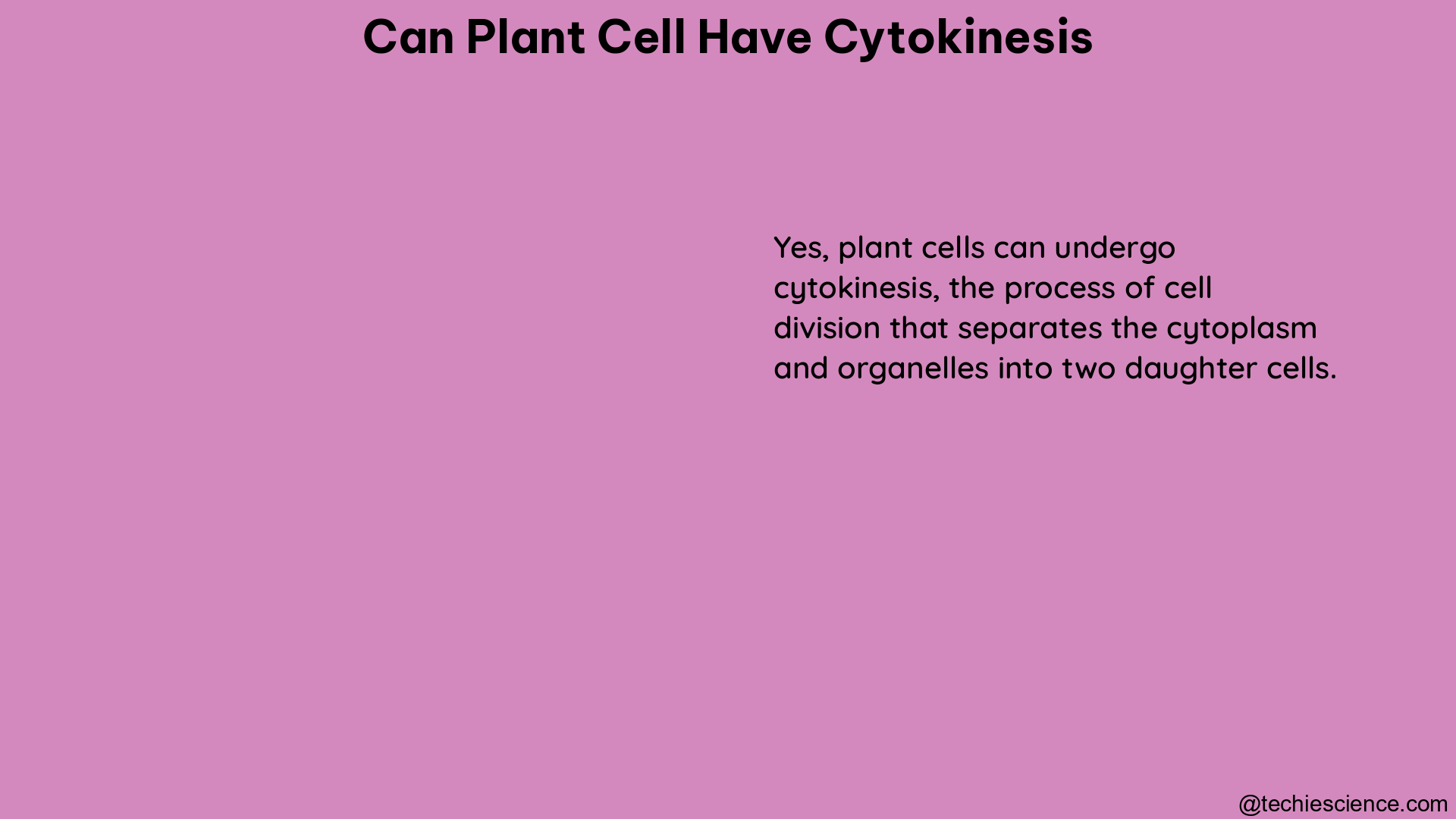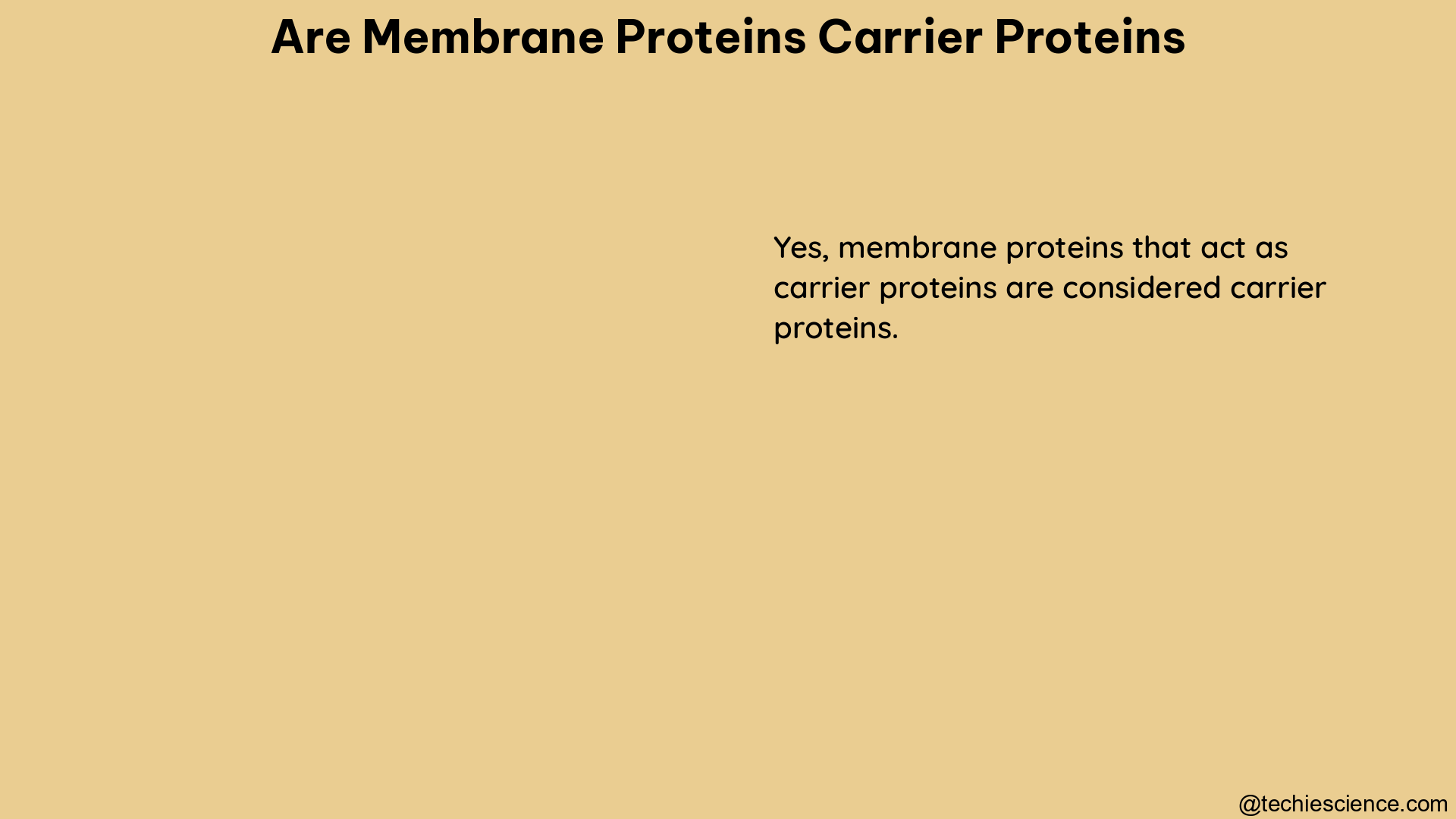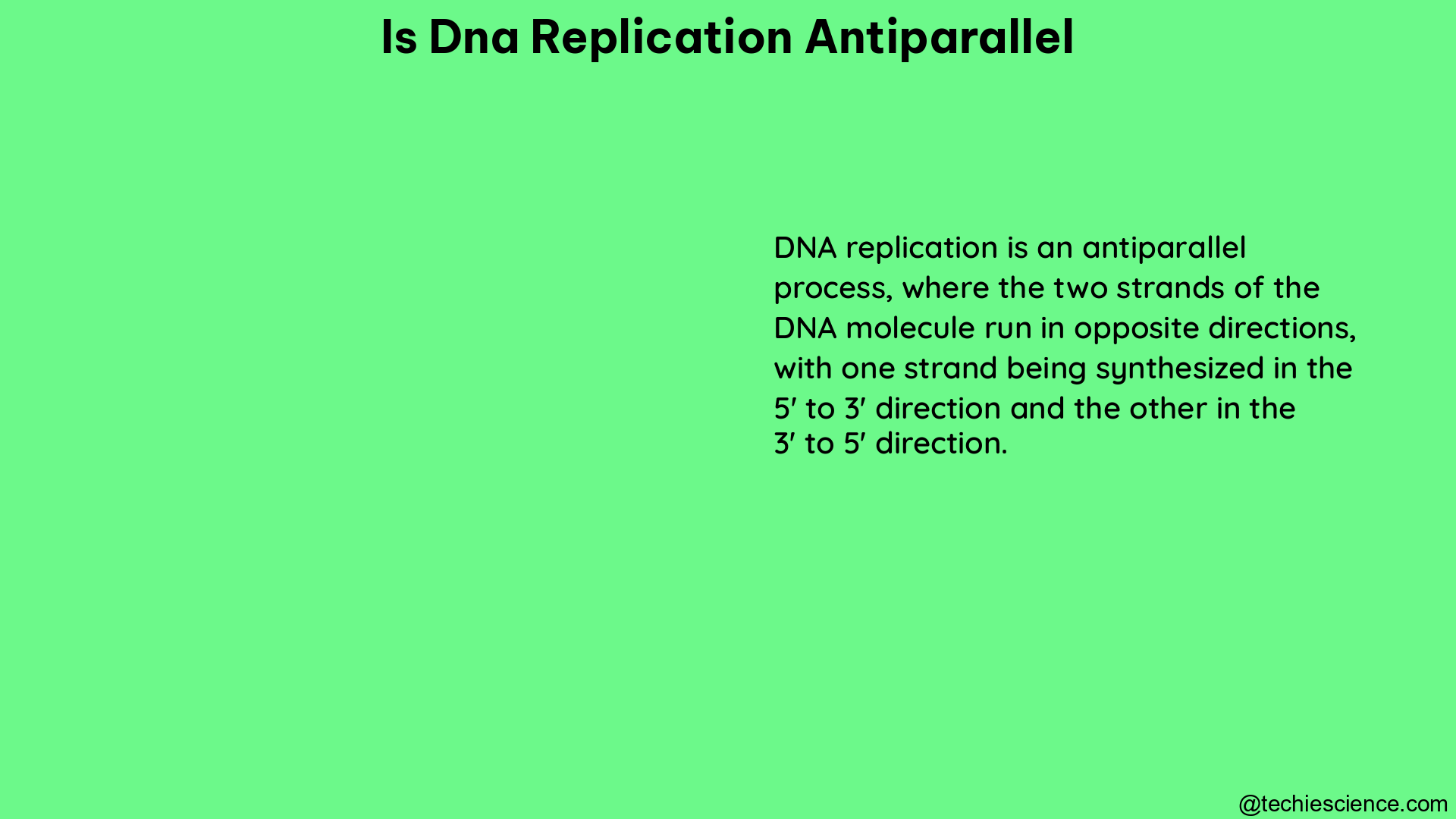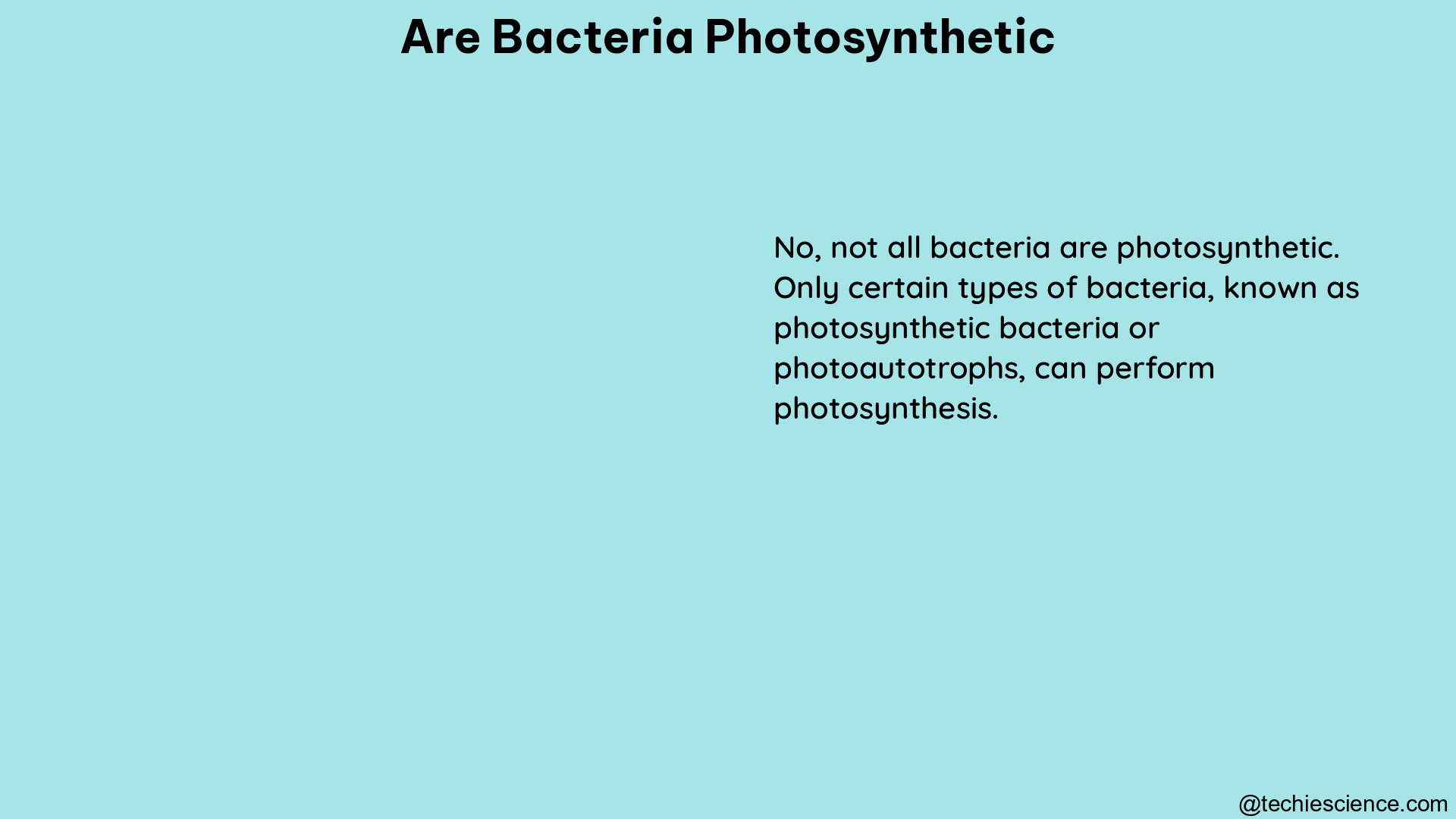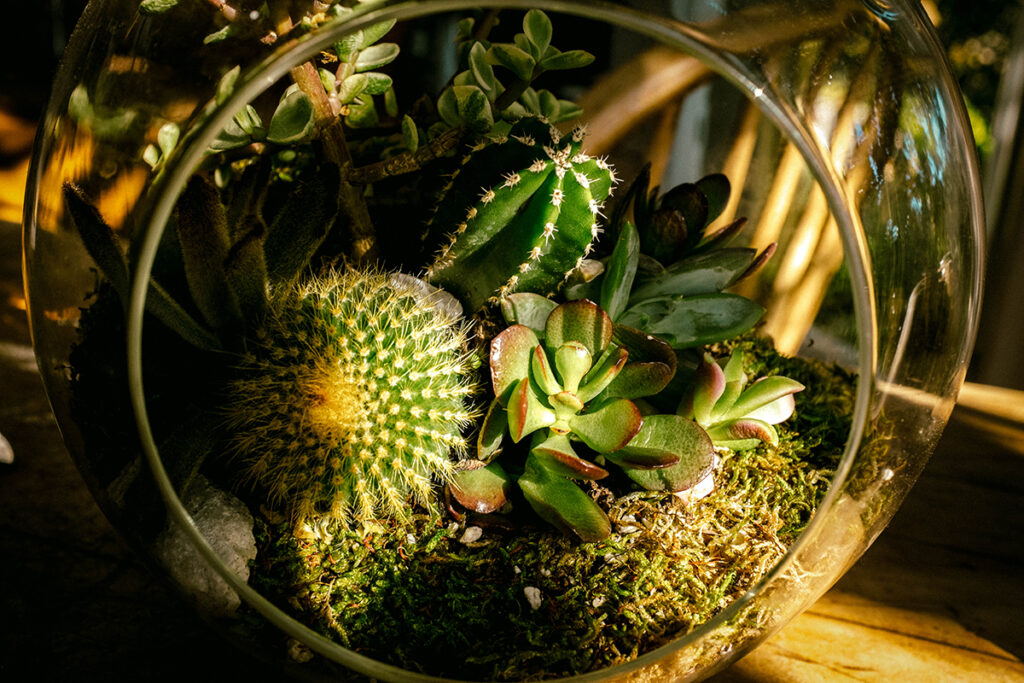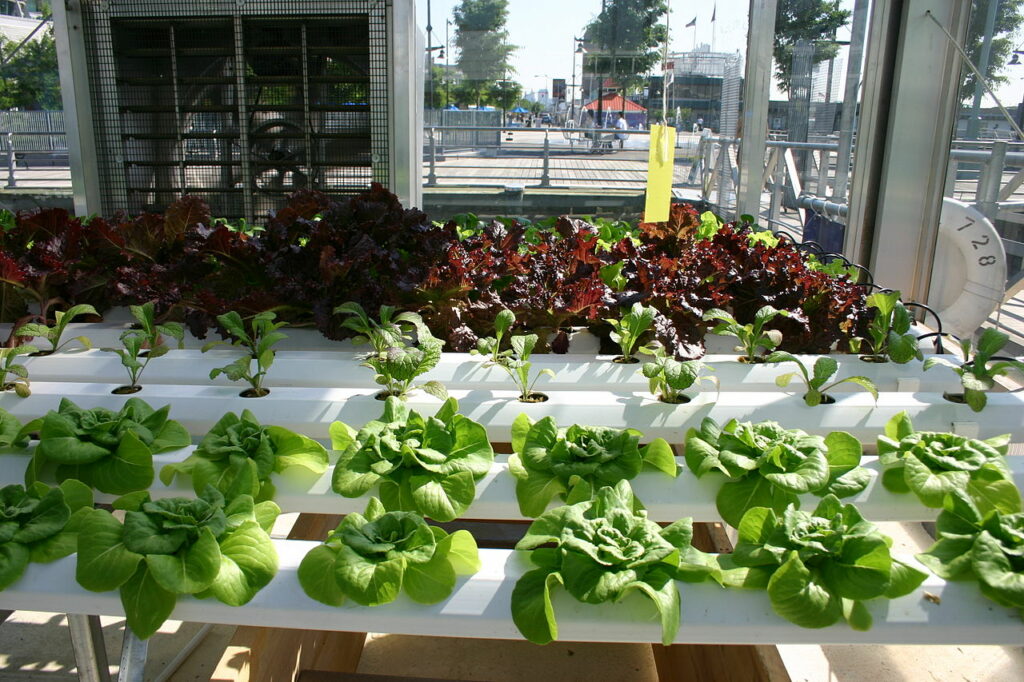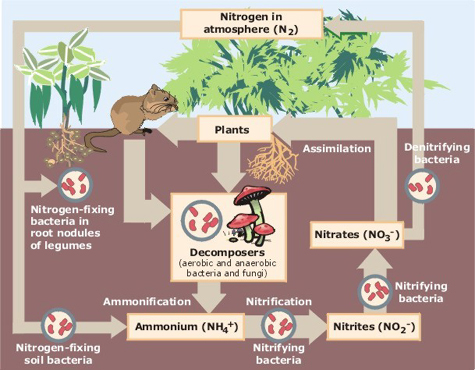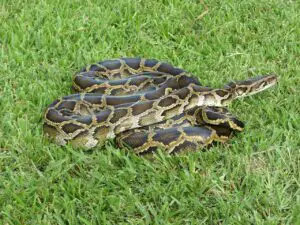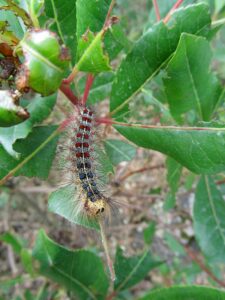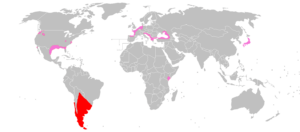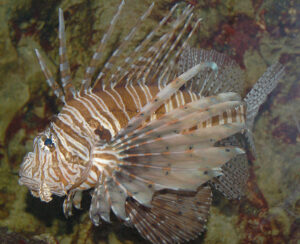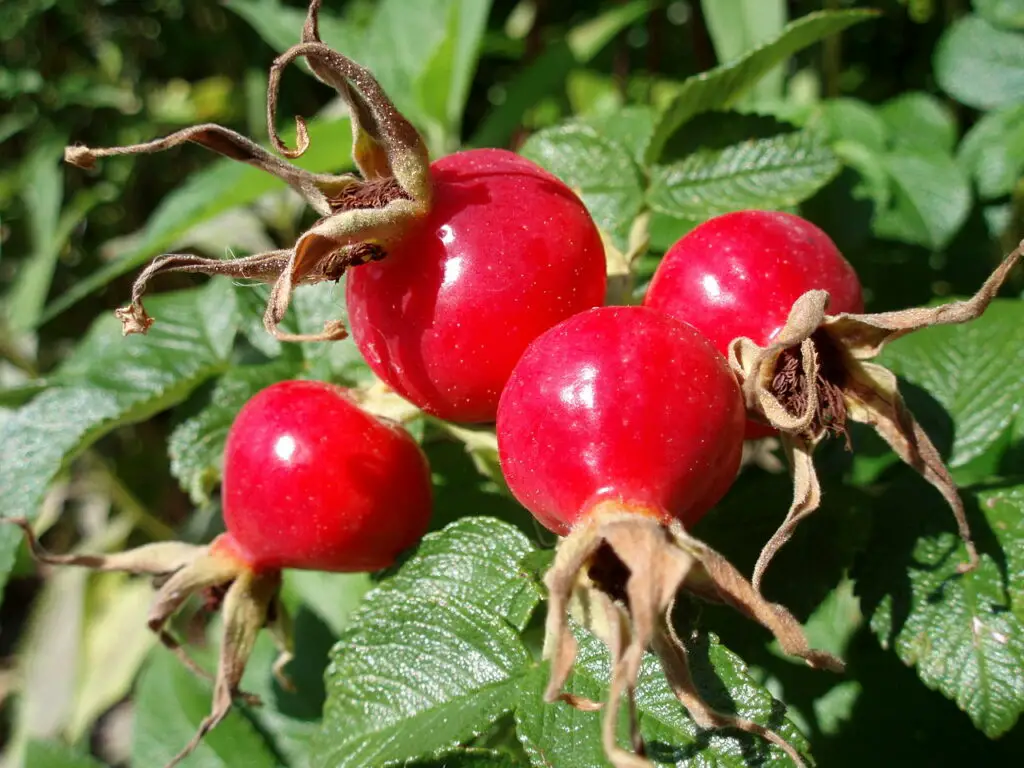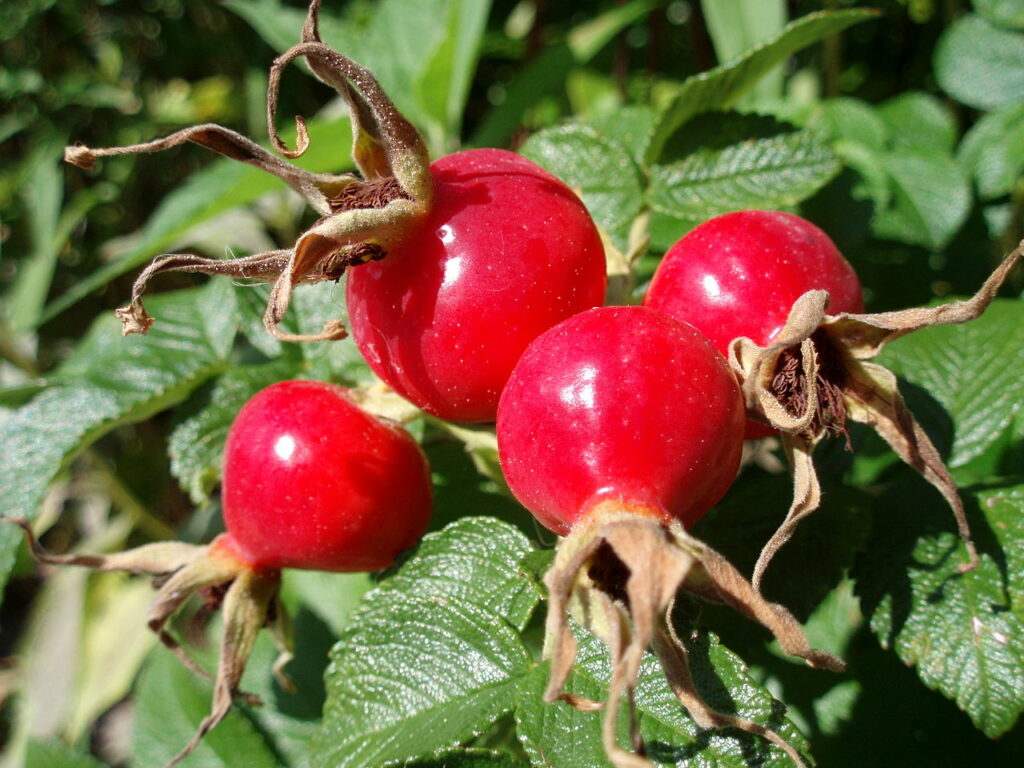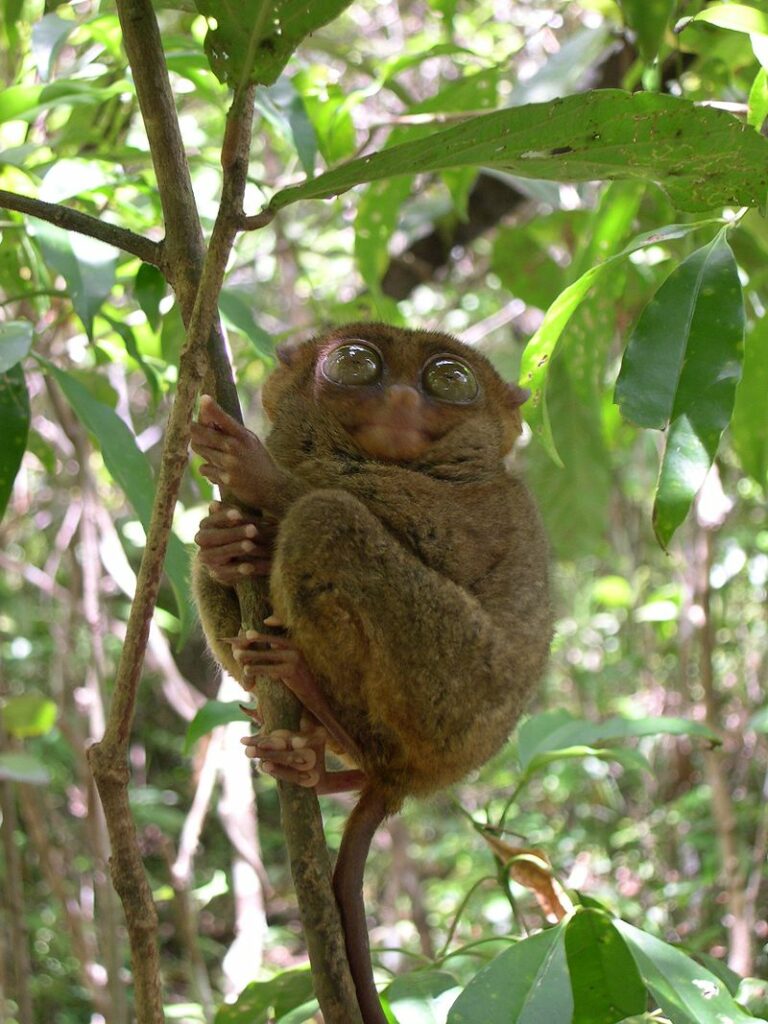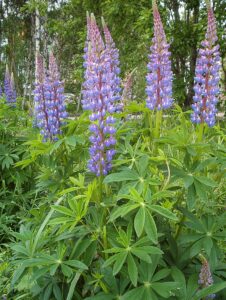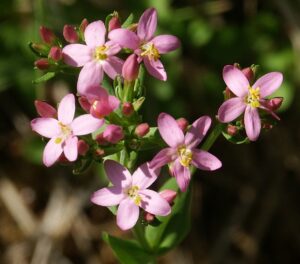Summary
Chromosomes and alleles are distinct biological entities that represent different levels of organization within the genetic makeup of an organism. While chromosomes are thread-like structures that contain genetic material, including genes and alleles, alleles are specific variants of a gene that occupy the same position or locus on a chromosome. This article delves into the key differences between chromosomes and alleles, providing a comprehensive understanding of their roles and relationships in the realm of genetics.
Understanding Chromosomes
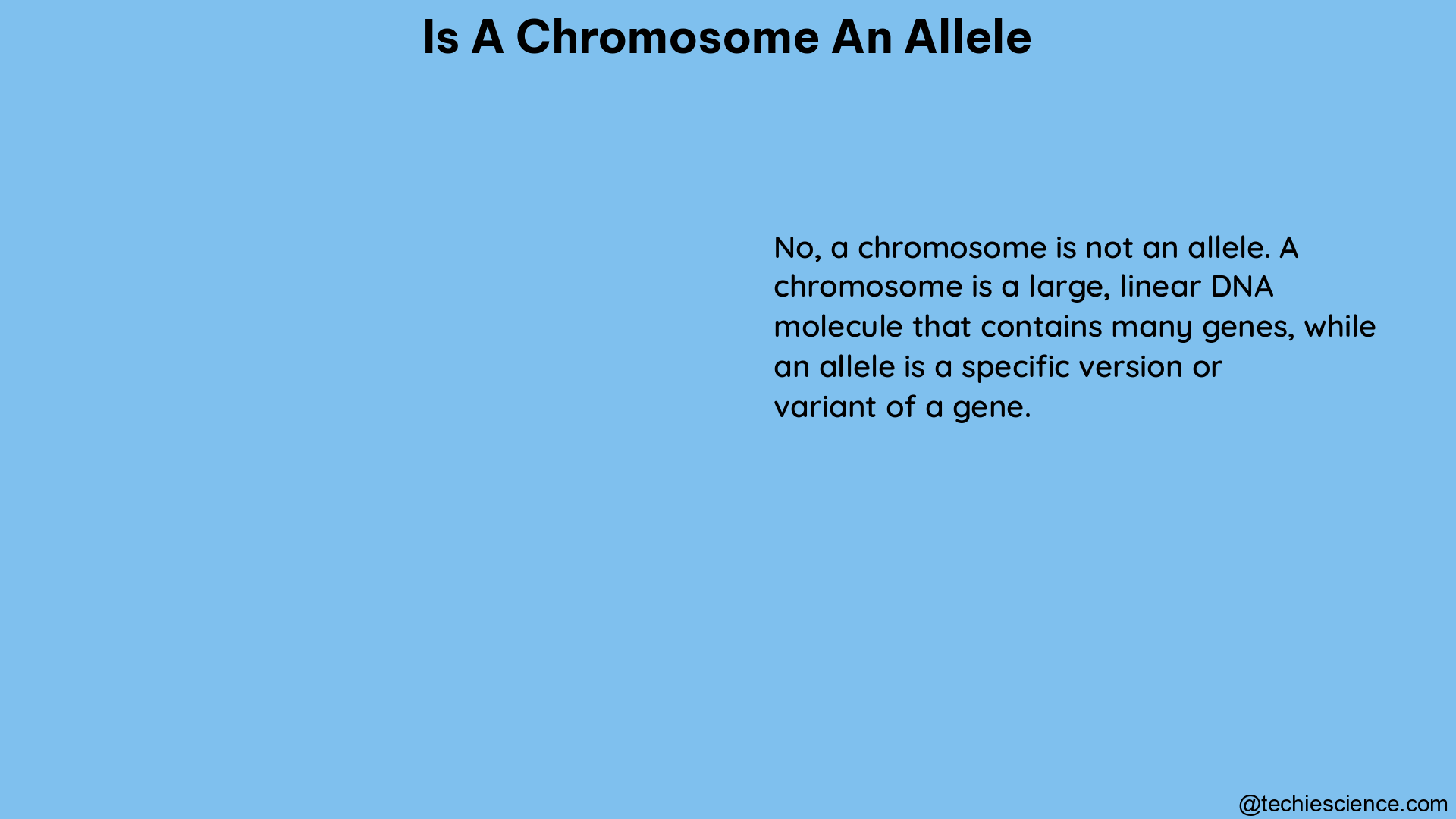
Chromosomes are the thread-like structures found within the nucleus of eukaryotic cells, such as those found in plants, animals, and fungi. These structures are composed of a single, long molecule of deoxyribonucleic acid (DNA) tightly packaged with various proteins, including histones, to form a compact and organized unit.
Chromosome Structure and Composition
- Chromosomes are typically composed of a single, continuous DNA molecule that can range from millions to billions of base pairs in length, depending on the organism.
- The DNA molecule is wrapped around histone proteins, forming nucleosomes, which further coil and fold to create the characteristic chromosome structure.
- Chromosomes contain not only the genes that encode proteins but also regulatory sequences, repetitive DNA, and other non-coding regions.
- The number of chromosomes varies among different species, with humans having 23 pairs of chromosomes, for a total of 46 chromosomes.
- Each chromosome has a distinct structure, with a centromere, two arms (a short arm and a long arm), and telomeres at the ends, which play a crucial role in chromosome stability and replication.
Chromosome Inheritance and Ploidy
- Chromosomes are inherited in pairs, with one chromosome from each pair coming from the maternal parent and the other from the paternal parent.
- The number of chromosome sets, or the ploidy level, can vary among different organisms. Humans are diploid, meaning they have two sets of chromosomes (2n).
- Other organisms, such as some plants and some protists, can be polyploid, having more than two sets of chromosomes (e.g., 4n, 6n, 8n).
- The ploidy level is an important factor in genetic diversity, as it can influence the expression and inheritance of traits.
Understanding Alleles
Alleles are the different versions of a gene that occupy the same position, or locus, on a chromosome. These variations can result in different phenotypic (physical) characteristics or traits.
Allele Variations and Genotypes
- Each gene has two alleles, one inherited from each parent.
- Alleles can be the same (homozygous) or different (heterozygous) for a particular gene.
- Homozygous individuals have two copies of the same allele (e.g., AA or aa), while heterozygous individuals have two different alleles (e.g., Aa).
- The combination of alleles for a particular gene is known as the genotype, which determines the phenotypic expression of that trait.
Allele Dominance and Expression
- Alleles can be classified as dominant or recessive based on their relative expression in the phenotype.
- Dominant alleles are expressed in the phenotype, even if the individual is heterozygous (Aa).
- Recessive alleles are only expressed in the phenotype when the individual is homozygous for the recessive allele (aa).
- The concept of dominance and recessiveness is crucial in understanding the inheritance of traits and the expression of genetic disorders.
Allele Frequency and Genetic Diversity
- Allele frequency refers to the relative abundance of a particular allele within a population.
- Genetic diversity within a population is influenced by the presence and frequency of different alleles for a given gene.
- Factors such as mutation, gene flow, genetic drift, and natural selection can affect the frequency and distribution of alleles in a population over time.
- Maintaining genetic diversity is important for the adaptability and resilience of populations in the face of environmental changes or challenges.
Chromosomes and Alleles: The Relationship
While chromosomes and alleles are distinct biological entities, they are closely related in the context of genetics and heredity.
Genes and Chromosomes
- Genes are the fundamental units of heredity, and they are located on chromosomes.
- Each chromosome contains numerous genes, with the specific number of genes varying depending on the organism and the size of the chromosome.
- Genes are the DNA sequences that encode the instructions for the synthesis of proteins or other functional molecules within the cell.
Alleles and Chromosomes
- Alleles are the different versions of a gene that occupy the same position, or locus, on a chromosome.
- Each gene has two alleles, one inherited from each parent, and these alleles can be the same (homozygous) or different (heterozygous).
- The combination of alleles for a particular gene determines the genotype, which in turn influences the phenotypic expression of that trait.
Chromosomes, Genes, and Alleles in Genetic Inheritance
- During meiosis, the process of cell division that produces gametes (sperm or eggs), the chromosomes are replicated and then segregated into the daughter cells.
- Each gamete receives one chromosome from each pair, ensuring that the offspring inherits one set of chromosomes from each parent.
- The alleles present on the chromosomes inherited from the parents determine the genetic makeup of the offspring, influencing their physical and physiological characteristics.
Conclusion
In summary, chromosomes and alleles are distinct biological entities that play crucial roles in the genetic makeup and inheritance of organisms. Chromosomes are the thread-like structures that contain the genetic material, including genes and alleles, while alleles are the different versions of a gene that occupy the same position on a chromosome. Understanding the relationship between chromosomes, genes, and alleles is essential for comprehending the fundamental principles of genetics and the mechanisms of heredity.
